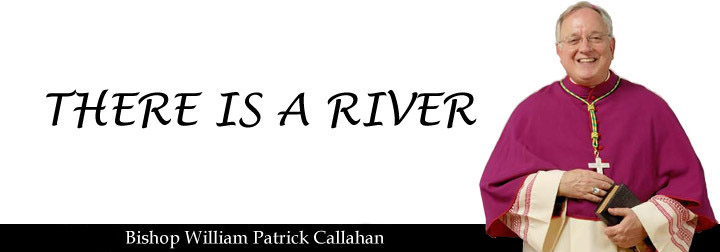Once again, we set aside time to reflect on the great blessing we have in our Catholic Schools. In our Diocese, nearly 12,000 students learn how Faith, Knowledge, and Service are integral to their education and provide balance for their future. This week, together with so many people across the United States, I proudly celebrate Catholic Schools. This past Saturday night was our diocesan “kick-off” event as I celebrated the Mass at our Cathedral concluding the annual Brains and Braun Tournament. The Cathedral was nearly full of students, their families, and school leadership from across the Diocese as they received their awards for participation in the tournament. Thanks to everyone who took part in the tournament and the Mass—the heart of our Catholic faith.
As we take time to celebrate our schools, I’m under the impression that there still remains such an agonizing misunderstanding about Catholic schools. My sense is that some of us view Catholic schools through a prism of nostalgic traditions and pious stories with priests and Religious sisters who have faded into our corporate memory. For those who do not view them in such a way, we may find those who consider Catholic schools as no longer part of the essential mission of the Church. Some “bottom-liners” find them utterly irrelevant and ultimately cost prohibitive in a world of “free” tuition and widely available public education. I think this misinterpretation is the nub of the problem. Somewhere between the “pious memory,” the contemporary cost consideration, and their irrelevance to our secular and relativistic mind-set, Catholic schools have lost their identity—not on their own—but because we have failed to recognize their purpose and necessity as part of Catholic evangelization.
This year marks the 40th anniversary of Catholic Schools’ Week. The annual event began at a time when the nostalgic view was being born with everyone looking back to the way our schools were. It was necessary to understand how the schools were at that time and to look forward to the future and imagine the way our schools could be. The loss of legions of Religious Sisters’ communities who faithfully held the national Catholic school system together dealt an irrevocable blow to schools’ operations, their success, and ultimately, their identity. In 1974, we started to take note of what we were doing to rebuild and rebrand Catholic schools with lay faculties and staffs. The expenses mounted as the Church started to comprehend the true cost of running the schools; the true value and sacrifice of the noble Religious who ran them in a different age also became much more evident, as well.
We have seen much over these 40 years. There are 6600 Catholic schools across the country. In the Diocese of La Crosse we proudly boast 7 high schools with a combined enrollment of 1,565 students; our 63 elementary schools educate 7,138 young people. Viterbo University, the fine Catholic and Franciscan institution that makes its home in La Crosse, has an enrollment of 3,000 students. Catholic schools continue to excel with a 99% graduation rate and 85% of our secondary graduates move on to colleges and universities. Leadership and scholarship continue to serve as the mainstay of the Catholic academic tradition. The driving force of the entire effort is faith in Jesus Christ and the communication of His mission in the world. This is the heart of Catholic identity and without it no Catholic institution can exist.
I am proud of the Catholic Schools of this Diocese and I work hard to maintain them. I know that criticisms abound for a lack of Catholic identity and visible recognition and understanding of the faith. We are working hard to make that essential value a visible reality with our students. Please do not forget—we live in a hard and secular world. Educating children along a moral and intellectual path is not an easy thing. You must not think that we can do this alone—without you. Whether you are a parent with children in school, a grandparent who “put in your time,” a single person with “no connection” to a school—you are essential to the effort. Catholic schools are a community effort—it’s the work of the Church to ensure the future. You’ve got to be involved in that!
Catholic Schools, with Faith, Knowledge, and Service, are preparing the next generation of Catholics. Thanks to our parents, pastors, administrators, teachers, staffs, and to all the VOLUNTEERS who make our schools work. Pray for all those involved in the work of educating our young people in the faith.
Catholic schools—learning to live the values celebrated at Sunday Mass.
See you there.
